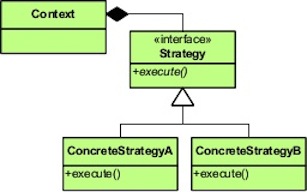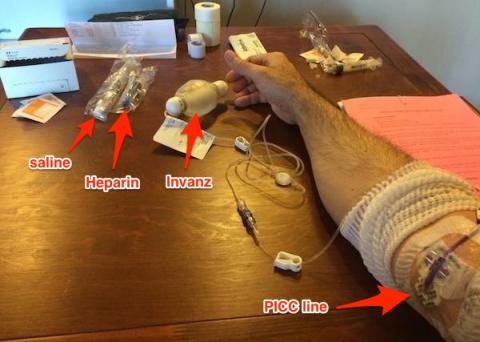Looks like they might get up to 50” of snow this week in Seward, though it also looks a little warm for that to happen.
When I lived in Alaska, people told me the only way you’d survive winter is if you love winter activities. I don’t ski, but I would enjoy cross-country skiing and snowmachine-ing (they don’t call them snowmobiles). Did I mention it’s March 10th? (Image from this wunderground.com page.)





